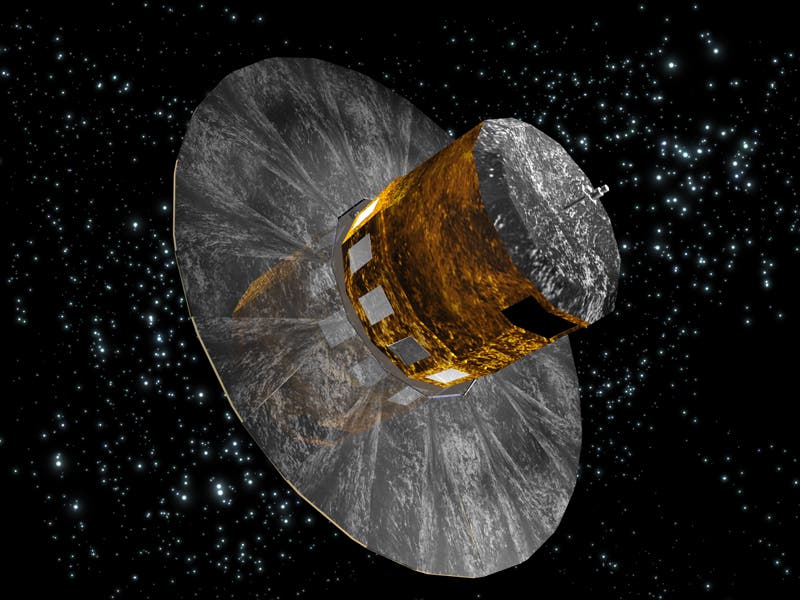Gaia is an unmanned space observatory of the European Space Agency (ESA) which aims to catalog approximately 1 billion astronomical objects (mostly stars), about 1% of the Milky Way population. Gaia will provide a trove of valuable and spectacular data, including a precise three-dimensional map of astronomical objects throughout the Milky Way and map their motions.

We were telling you in January that Gaia was already in orbit, in a stable point at about 1.5 million km from Earth. Now, Gaia is finally read to start working on its mission, observing each of its billion stars an average of 70 times each over five years. Furthermore, Gaia will also measure key physical properties of each star such as brightness, temperature and chemical composition.
The precision and accuracy of the telescope are mind blowing. In order to function properly, Gaia must be able to measure positions to a level equivalent to the width of a human hair seen at 2000 km; the measurements will also be calibrated and recalibrated repeatedly during the first year.
The team working on the satellite also found a few problems, most notably water freezing on some part of the optical instruments. This water was likely trapped in the spacecraft before launch, and was almost entirely eliminated through heating of strategic parts.
Another problem is associated with ‘stray light’ reaching Gaia’s focal plane at a level higher than predicted before launch, which has a negative effect on the accuracy to which stellar brightnesses will be measured.
“However, we are optimising the onboard software to mitigate as much as possible the impact caused by these higher background levels of light, and we are confident that we will not be far off our initial and somewhat conservative estimate of studying 150 million stars with RVS, as planned,” says Giuseppe Sarri, ESA’s Gaia Project Manager.
“We will still be able to analyse one billion – if not more – stars with the astrometry and photometry instruments, measuring each star’s position and motion up to 100 times more accurately than Gaia’s predecessor Hipparcos and for a far larger number of stars.”
The team working on Gaia believes it has solved all the problems, at least to an acceptable level
Check out this link for more information about the Gaia’s status and this one for technical information about the problems they surpassed.






